Topology - Set-Theoretic Seminars
Apr 17, 2024 01:00 PM
318 Parker Hall

Stu Baldwin (Auburn) will continue his talk on Julia Sets.
Title: Itinerary Topologies and Wildcard Topologies in Symbolic Dynamics
Abstract: Let \(X\) be a topological space, \(f:X \to X\) continuous, and let \(P=\{A_k:K \in K\}\) be a partition of \(X\) into \(k\) nonempty disjoint subsets whose union is \(X\) (where \(K\) is some index set having \(k\) elements). If \(x \in X\), then the itinerary of \(x\) with respect to \(f\) and \(P\) is the sequence \(\langle i_n(x):n\in\omega \rangle\) given by \(i_n(x)=k\) iff \(f^n(x) \in A_k\) (where \(\omega\) is the set of nonnegative integers). This gives an `itinerary function' \(i:X \to P^\omega\) which has been used for many years to study the dynamics of \(f\) (i.e., the long term behavior of the functions \(f^n\) as \(n\) gets large). The idea works best if the sets \(A_k\) are all closed, which means that various compromises have to be made to use the idea on connected sets. If \(I\) is an interval and \(f:I \to I\) has a `turning point' \(c\) in the interior of \(I\) (i.e., \(f\) is increasing for \(x<c\) and decreasing for \(x>c\), or vice versa), one approach is to let \(L=\{x:x<c\}\), \(M=\{c\}\), and \(R=\{x:x>c\}\), and use sequences of the three sets \(L,M,R\) (viewed as symbols) to denote the itineraries of points, and deal with the complications caused by \(L\) and \(R\) not being closed as they arise. Other approaches have included using \(L'=L \cup M\) and \(R'=R \cup M\), leading to ambiguous itineraries, or thinking of \(M\) as a `sild-card' that can stand for either \(L\) or \(R\). Early on, it was realized that many of the dynamical properties of the map \(f\) are coded by the itinerary of the critical point (or the critical value), which is called the kneading sequence.
Beginning in the mid-2000's, I have used a different approach in dealing with itineraries. If \(P=\{L,M,R]\) as above, then the quotient topology on \(P\) induced by the set of real numbers has \(L\) and \(R\) as isolated points, with \(P\) being the only neighborhood of \(M\). Then \(i:{\rm dom}(f) \to P^\omega\) is continuous in the product topology of \(P^\omega\). The key was realizing that if \(f\) has what I call the unique itinerary property (i.e., \(i\) is one-to-one), then the range of \(i\) is Hausdorff in the subspace topology generated by \(P^\omega\), even though \(P^\omega\) is itself obviously not Hausdorff. Allowing \(X\) to be a dendrite instead of just an interval allowed this idea to be used to get a model for the dynamics of all quadratic Julia Sets which are also dendrites. Later, similar arguments using infinitely many symbols allowed me to get similar results for some dendroid maps.
The spaces constructed by my original approach were all uniquely arcwise connected, which ruled out spaces containing simply-closed curves. Later, using a similar idea, I was able to construct a similar (necessarily non-Hausdorff) topology on \(P^\omega\) (but not a product topology), using $P=\{*,#,0,1\}$, where # and * both represented singletons which essentially acted as `wild-cards' which could stand for either 0 or 1 (with the stipulation essentially stating that * and # could not simultaneously stand for the same one), which allowed a model for Julia sets of quadratic polynomials having hyperbolic periodic points which were not \(n\)-tuplings (i.e., polynomials of the form \(f_c(z)=z^2+c\), where \(c\) was located in one of the `cardioid' of the Mandelbrot Set). At the present, my efforts to extend these ideas to other quadratic Julia Sets have been only partly successful.
DMS Topology Seminar
Apr 10, 2024 01:00 PM
318 Parker Hall

Speaker: Stu Baldwin (Auburn) (Continued from April 3)
Title: Itinerary Topologies and Wildcard Topologies in Symbolic Dynamics
Abstract: Let \(X\) be a topological space, \(f:X \to X\) continuous, and let \(P=\{A_k:K \in K\}\) be a partition of \(X\) into \(k\) nonempty disjoint subsets whose union is \(X\) (where \(K\) is some index set having \(k\) elements). If \(x \in X\), then the itinerary of \(x\) with respect to \(f\) and \(P\) is the sequence \(\langle i_n(x):n\in\omega \rangle\) given by \(i_n(x)=k\) iff \(f^n(x) \in A_k\) (where \(\omega\) is the set of nonnegative integers). This gives an `itinerary function' \(i:X \to P^\omega\) which has been used for many years to study the dynamics of \(f\) (i.e., the long term behavior of the functions \(f^n\) as \(n\) gets large). The idea works best if the sets \(A_k\) are all closed, which means that various compromises have to be made to use the idea on connected sets. If \(I\) is an interval and \(f:I \to I\) has a `turning point' \(c\) in the interior of \(I\) (i.e., \(f\) is increasing for \(x<c\) and decreasing for \(x>c\), or vice versa), one approach is to let \(L=\{x:x<c\}\), \(M=\{c\}\), and \(R=\{x:x>c\}\), and use sequences of the three sets \(L,M,R\) (viewed as symbols) to denote the itineraries of points, and deal with the complications caused by \(L\) and \(R\) not being closed as they arise. Other approaches have included using \(L'=L \cup M\) and \(R'=R \cup M\), leading to ambiguous itineraries, or thinking of \(M\) as a `sild-card' that can stand for either \(L\) or \(R\). Early on, it was realized that many of the dynamical properties of the map \(f\) are coded by the itinerary of the critical point (or the critical value), which is called the kneading sequence.
Beginning in the mid-2000's, I have used a different approach in dealing with itineraries. If \(P=\{L,M,R]\) as above, then the quotient topology on \(P\) induced by the set of real numbers has \(L\) and \(R\) as isolated points, with \(P\) being the only neighborhood of \(M\). Then \(i:{\rm dom}(f) \to P^\omega\) is continuous in the product topology of \(P^\omega\). The key was realizing that if \(f\) has what I call the unique itinerary property (i.e., \(i\) is one-to-one), then the range of \(i\) is Hausdorff in the subspace topology generated by \(P^\omega\), even though \(P^\omega\) is itself obviously not Hausdorff. Allowing \(X\) to be a dendrite instead of just an interval allowed this idea to be used to get a model for the dynamics of all quadratic Julia Sets which are also dendrites. Later, similar arguments using infinitely many symbols allowed me to get similar results for some dendroid maps.
The spaces constructed by my original approach were all uniquely arcwise connected, which ruled out spaces containing simply-closed curves. Later, using a similar idea, I was able to construct a similar (necessarily non-Hausdorff) topology on \(P^\omega\) (but not a product topology), using $P=\{*,#,0,1\}$, where # and * both represented singletons which essentially acted as `wild-cards' which could stand for either 0 or 1 (with the stipulation essentially stating that * and # could not simultaneously stand for the same one), which allowed a model for Julia sets of quadratic polynomials having hyperbolic periodic points which were not \(n\)-tuplings (i.e., polynomials of the form \(f_c(z)=z^2+c\), where \(c\) was located in one of the `cardioid' of the Mandelbrot Set). At the present, my efforts to extend these ideas to other quadratic Julia Sets have been only partly successful.
DMS Topology Seminar
Apr 03, 2024 01:00 PM
318 Parker Hall

Speaker: Stu Baldwin (Auburn)
Title: Itinerary Topologies and Wildcard Topologies in Symbolic Dynamics
Abstract: Let \(X\) be a topological space, \(f:X \to X\) continuous, and let \(P=\{A_k:K \in K\}\) be a partition of \(X\) into \(k\) nonempty disjoint subsets whose union is \(X\) (where \(K\) is some index set having \(k\) elements). If \(x \in X\), then the itinerary of \(x\) with respect to \(f\) and \(P\) is the sequence \(\langle i_n(x):n\in\omega \rangle\) given by \(i_n(x)=k\) iff \(f^n(x) \in A_k\) (where \(\omega\) is the set of nonnegative integers). This gives an `itinerary function' \(i:X \to P^\omega\) which has been used for many years to study the dynamics of \(f\) (i.e., the long term behavior of the functions \(f^n\) as \(n\) gets large). The idea works best if the sets \(A_k\) are all closed, which means that various compromises have to be made to use the idea on connected sets. If \(I\) is an interval and \(f:I \to I\) has a `turning point' \(c\) in the interior of \(I\) (i.e., \(f\) is increasing for \(x<c\) and decreasing for \(x>c\), or vice versa), one approach is to let \(L=\{x:x<c\}\), \(M=\{c\}\), and \(R=\{x:x>c\}\), and use sequences of the three sets \(L,M,R\) (viewed as symbols) to denote the itineraries of points, and deal with the complications caused by \(L\) and \(R\) not being closed as they arise. Other approaches have included using \(L'=L \cup M\) and \(R'=R \cup M\), leading to ambiguous itineraries, or thinking of \(M\) as a `sild-card' that can stand for either \(L\) or \(R\). Early on, it was realized that many of the dynamical properties of the map \(f\) are coded by the itinerary of the critical point (or the critical value), which is called the kneading sequence.
Beginning in the mid-2000's, I have used a different approach in dealing with itineraries. If \(P=\{L,M,R]\) as above, then the quotient topology on \(P\) induced by the set of real numbers has \(L\) and \(R\) as isolated points, with \(P\) being the only neighborhood of \(M\). Then \(i:{\rm dom}(f) \to P^\omega\) is continuous in the product topology of \(P^\omega\). The key was realizing that if \(f\) has what I call the unique itinerary property (i.e., \(i\) is one-to-one), then the range of \(i\) is Hausdorff in the subspace topology generated by \(P^\omega\), even though \(P^\omega\) is itself obviously not Hausdorff. Allowing \(X\) to be a dendrite instead of just an interval allowed this idea to be used to get a model for the dynamics of all quadratic Julia Sets which are also dendrites. Later, similar arguments using infinitely many symbols allowed me to get similar results for some dendroid maps.
The spaces constructed by my original approach were all uniquely arcwise connected, which ruled out spaces containing simply-closed curves. Later, using a similar idea, I was able to construct a similar (necessarily non-Hausdorff) topology on \(P^\omega\) (but not a product topology), using $P=\{*,#,0,1\}$, where # and * both represented singletons which essentially acted as `wild-cards' which could stand for either 0 or 1 (with the stipulation essentially stating that * and # could not simultaneously stand for the same one), which allowed a model for Julia sets of quadratic polynomials having hyperbolic periodic points which were not \(n\)-tuplings (i.e., polynomials of the form \(f_c(z)=z^2+c\), where \(c\) was located in one of the `cardioid' of the Mandelbrot Set). At the present, my efforts to extend these ideas to other quadratic Julia Sets have been only partly successful.
DMS Topology Seminar
Mar 13, 2024 01:00 PM
318 Parker Hall
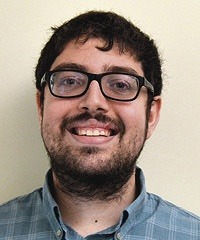
Speaker: Brian Freidin (Auburn University)Title: Eigenvalues and Morse theory for networks in spheres
Abstract: A minimal surface is a submanifold whose area does not change to first order under compactly supported variations. We will discuss the singular, one-dimensional analogue of this phenomenon - graphs embedded in a sphere. After describing the conditions for minimality, we will discuss second variations. The Morse index roughly counts the dimension of the space of length-decreasing variations of an embedding, while the nullity counts those variations that do not change length to second order. The nullity of a minimal embedding is related to an eigenvalue problem that appears in other applications, including heat and wave equations, and the local structure of harmonic maps between singular spaces.
DMS Topology Seminar
Feb 28, 2024 01:00 PM
318 Parker Hall

Speaker: Michel Smith (Auburn University)
Title: Non-metric Hereditarily Indecomposable Continua.
Abstract: The author discusses techniques for producing non-metric hereditarily indecomposable continua. Examples are presented. However, attempts to generalize metric construction techniques yield situations in which hereditary indecomposability implies metrizability. We review the author's recent results regarding such situations. Open problems in the area are stated.
DMS Topology Seminar
Feb 21, 2024 01:00 PM
318 Parker Hall
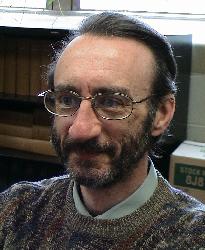
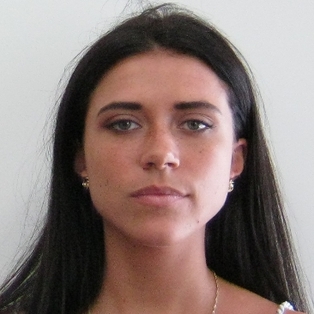
Speakers: Michel Smith and Haley Pavlis (Haley Pavlis)
Abstract: We define the graph topology for finite graphs. We discuss the properties of a continuous map between graphs and properties of a traditional inverse limit of graphs. Most importantly, that a traditional inverse limit of finite path graphs is non-Hausdorff. We introduce a generalized inverse limit, where the first space is a metric arc and all other spaces are finite path graphs. Using the Bucket Handle continuum as an example, a technique is shown for constructing a generalized inverse limit, where the first space is a metric arc and the others are finite path graphs, that is homeomorphic to a traditional inverse limit of Hausdorff arcs.
Using crooked chains, we construct and analyze a non-Hausdorff hereditarily indecomposable continuum. This continuum has some interesting properties, which will be discussed. Ongoing research is discussed and open problems stated.(Michel Smith)
Title: Non-metric Hereditarily Indecomposable Continua.
Abstract: We discuss techniques for producing non-metric hereditarily indecomposable continua. Examples are presented. However, attempts to generalize metric construction techniques yield situations in which hereditary indecomposability implies metrizability. We review our recent results regarding such situations. Open problems in the area are stated.
DMS Topology Seminar
Feb 14, 2024 01:00 PM
318 Parker Hall
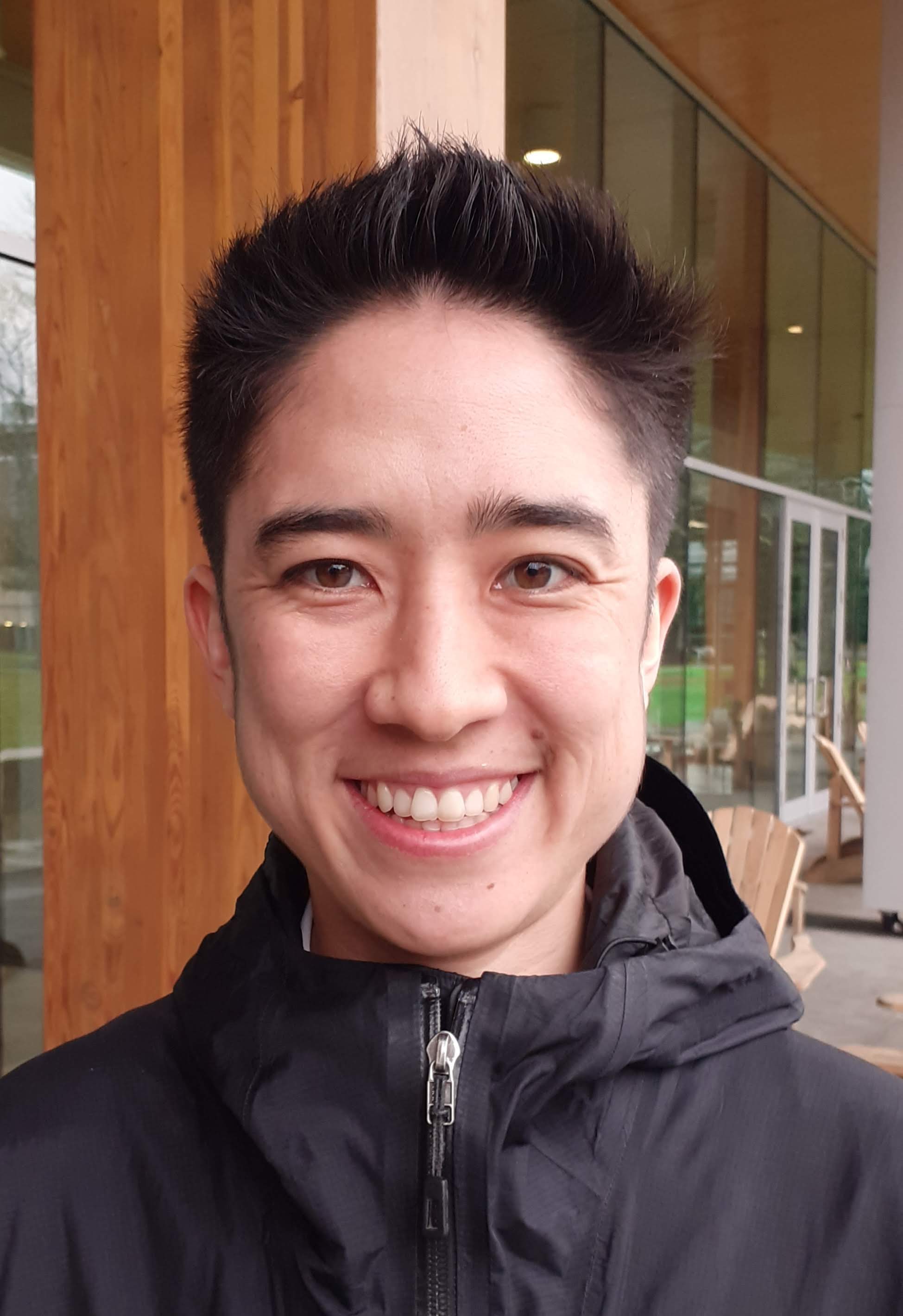
Speaker: Hannah Alpert (Auburn University) Title: Unintuitive properties of Urysohn 1-width
Abstract: A metric space has small Urysohn 1-width if it admits a continuous map to a 1-dimensional complex where the preimage of each point has small diameter. An open problem is, if a space's universal cover has small Urysohn 1-width, must the original space also have small Urysohn 1-width? Naively, we would guess yes, but various strange examples suggest maybe not.
Joint work with Panos Papasoglu, Arka Banerjee, Alexey Balitskiy, and Larry Guth.
DMS Topology Seminar
Apr 26, 2023 01:00 PM
ZOOM
Speaker: Vladimir Tkachuk (Universidad Autónoma Metropolitana de México)
Title: On Lindelof scattered subspaces of nice \(sigma\)-products
Abstract: We will show that there exists an Eberlein compact space \(K\) such that some Lindelöf subspace of \(K\) fails to be a Lindelöf \(\Sigma\)-space. We also prove that any scattered Lindelöf subspace of a \(\sigma\)-product of first countable spaces is \(\sigma\)-compact. It is established that if \(X\) is the \(G_\delta\)-modification of a scattered compact space, then \(ext(C_p(X)) = \omega\).
DMS Topology Seminar
Mar 29, 2023 01:00 PM
224 Parker Hall
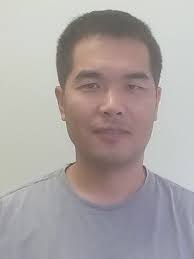
Speaker: Ziqin Feng
Title: On Vietoris-Rips Complex of Finite Metric SpacesAbstract: I will discuss the homotopy type of the Vietoris-Rips complex of finite metric spaces. These are related to the independent complex of the Kneser graphs and VR complex on hypercube graphs.
DMS Topology Seminar
Mar 01, 2023 01:00 PM
224 Parker Hall and ZOOM
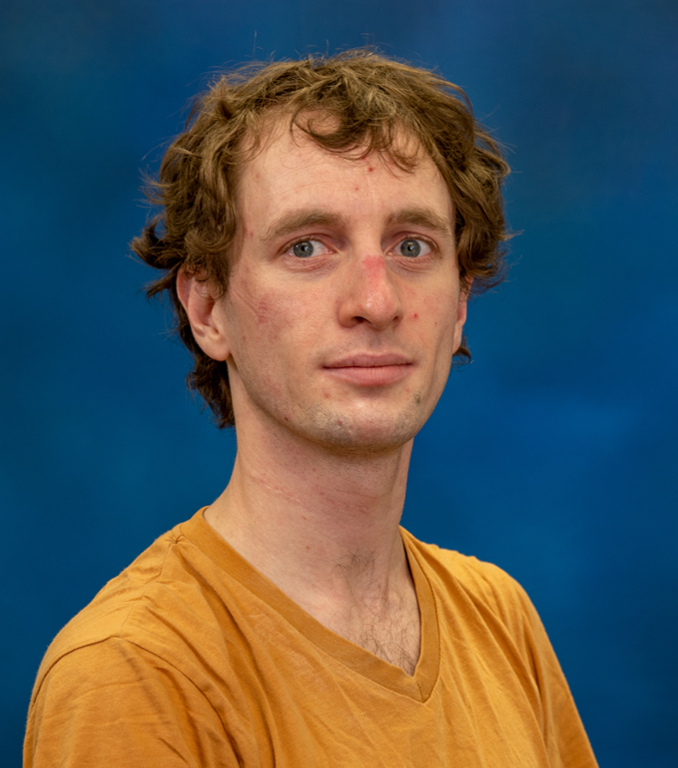
Speaker: Joseph Briggs Title: Infinitary DriskoAbstract: An elegant result from the 90's states that any filling of a 2𝑛 − 1 × 𝑛 array with distinct symbols in each column has a full transversal, namely a collection of 𝑛 cells from distinct rows and columns each with all entries distinct. The famous Ryser-Brualdi-Stein Conjecture from the 70’s suggests that for transversals of size 𝑛 − 1, such an 𝑛 × 𝑛 array suffices. This mysterious jump from 𝑛 to 2𝑛 − 1 columns remains elusive 30 years later, so we embark on a discussion of infinite variants in the hope of shedding some light.